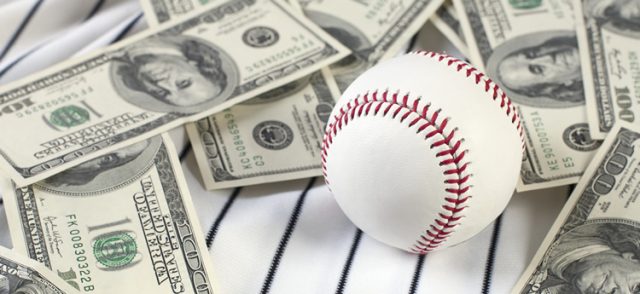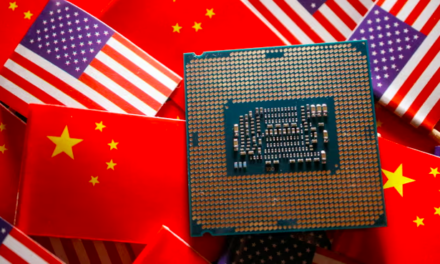The economics of sports is fascinating. It’s unlike other businesses. Where else does a group of companies legally collude so that they can pay their average employee millions of dollars solely on the hope the player will show up for work and deliver their end of the bargain?
Only in sports and Mrs. Banta’s second grade elementary school class does someone get a “time out to sit in the corner” for not behaving properly. But in sports, the offending player still gets paid.
Where else but baseball can a player perform so poorly that he gets fired and still collects more then $70 million in 1040 wages? Just ask Pablo Sandoval; the man known as “The Panda” will get all this dough even if he gets another gig.
Ouch!
What made the Red Sox make such a crazy ill-conceived decision? Wow $70 million down the drain. There are at least a half dozen small market teams that don’t spend that much for their entire payroll.
A year ago at this time Alex Rodriguez was given a pink slip by the Yankees costing the Steinbrenner family nearly $40 million. What happened with Sandoval and A-Rod is part of a much bigger longer-term trend.
Big Data Is Big Business Especially in Sports
Money Ball, the hit 2011 movie about the Oakland Athletics GM Billy Bean popularized the term sabermetrics. One of the more interesting measures developed is something called WAP or Wins Above Replacement.
WAP measures the value of a player compared to the cost of getting rid of the bum. Unlike a batting average or a pitchers earned run average, the precise calculation of WAP is above my pay grade. Nevertheless this obscure little measure has the power to change baseball economics.
Millennial Ball
Millennials have received massive attention for their contribution to technology. Their contribution to professional sports is easy to overlook. Without having the advantage of sabremetrics, I am going to speculate that the talent level of players pursuing a professional sports career has never been higher.
The success of the Chicago Cubs and Cleveland Indians illustrates the point. The average age of a rookie in the major leagues is getting lower each year. It also appears that more high-level draft picks are coming from graduating high school students.
Who can blame a young athlete; major league minimum pay is around $500,000. A 17-year-old high school kid can get a multi million deal. Even if the best college offers a full scholarship, it’s an easy choice.
WAP Math
WAP is giving young athletes the best opportunity to reach the major leagues anytime in modern history.
Fans are packing ballparks in record numbers to what these future stars like Aaron Judge perform at super high levels.
High cost contracts like Sandoval’s are a thing of the past, or at least an exception. Even Brice Harper may find a few more of his future pay linked to performance incentives.
The Winners: Play Me Anywhere
If a shortstop hitting .300 is worth $5 million a year and a second baseman hitting .310 is worth $8 million, how much is a player worth the hits .290 but is a gold glove candidate both at short and second?
Minor league players are being trained at multiple positions. The next wave of talent can replace the current roister of players that specialize in a single position. That saves money. This value is enormous. If the player also happens to be a switch hitter, that’s even better.
The Designated Hitter Is Dead
The Designated Hitter is going the way of the Dodo bird. Last year the top five designated hitters were paid $58 million. Perhaps only Red Sox legend David Ortiz paid off.
Shohei Otani the 22-year-old Japanese star pitcher and current home run king is a threat to become a unique asset capable of DH’ing and pitching. Several other players in the 2017 draft also fit this multi talent description.
Think of it as having one player that can function as two but at a lower cost. Now that starts to make real economic sense.












